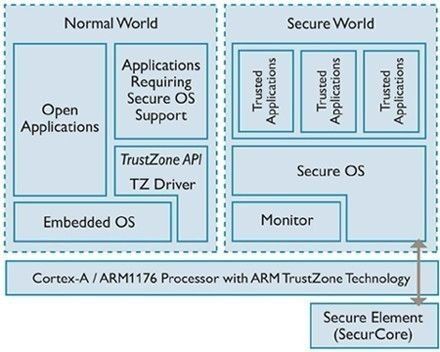atarifreak73
Fortgeschrittenes Mitglied
- 10
Ich habe mir zu dem Thema nun diverse Dinge (auch in anderen Foren) durchgelesen, und irgendwie hänge ich immer am gleichen Punkt fest: Dem Löschen der entsprechenden Knox-APKs. /system/app ist ja offensichtlich schreibgeschützt, aber auch ein "su rm /system/app/KNOXAgent.apk" bringt nur ein "Permission denied".
Vielleicht stelle ich mir das ganze ja auch zu leicht vor?
Dank Knox funktioniert EDS nicht mehr, so dass ich keine TC-Container mehr mounten kann. Irgendwie muss sich das noch runterkratzen lassen?
Falls das hier nicht der richtige Thread dazu ist, bitte ich den zuständigen Mod um Nachsicht und Verschiebung an die richtige Stelle.
Sollte ich mit meinen Maßnahmen komplett auf dem Holzweg sein, bitte ich um Erleuchtung.
Übrigens habe ich nicht 4.3 sondern 4.2.2 drauf.
Vielleicht stelle ich mir das ganze ja auch zu leicht vor?
Dank Knox funktioniert EDS nicht mehr, so dass ich keine TC-Container mehr mounten kann. Irgendwie muss sich das noch runterkratzen lassen?
Falls das hier nicht der richtige Thread dazu ist, bitte ich den zuständigen Mod um Nachsicht und Verschiebung an die richtige Stelle.
Sollte ich mit meinen Maßnahmen komplett auf dem Holzweg sein, bitte ich um Erleuchtung.

Übrigens habe ich nicht 4.3 sondern 4.2.2 drauf.

 (sarcasm)
(sarcasm)